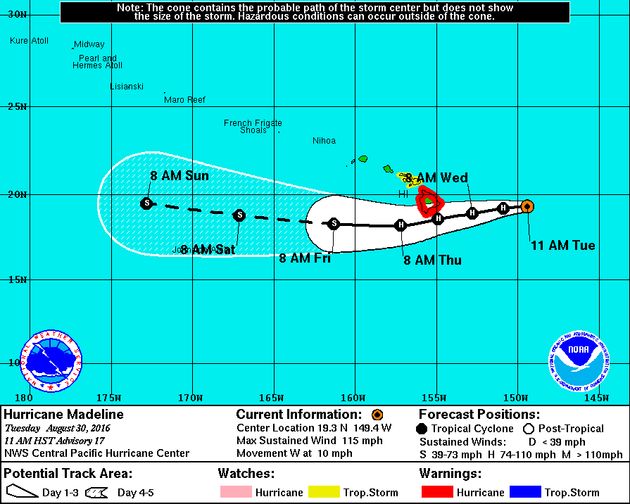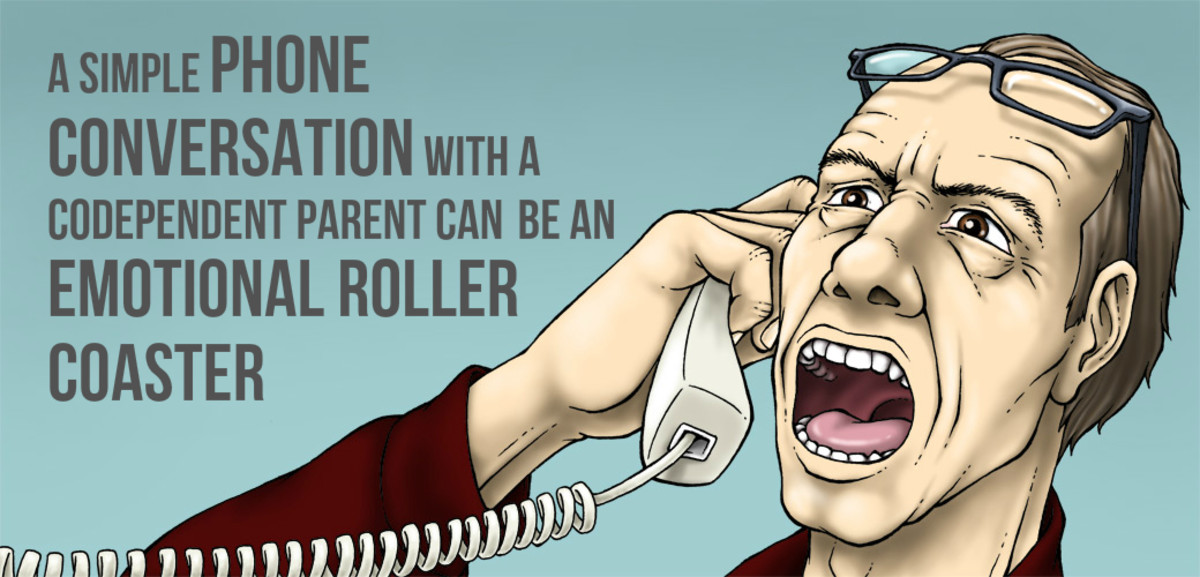
Golden milk is one of the hottest buzz terms in health right now. This magical concoction has been used for centuries in Ayurvedic medicine and features a mix of turmeric, coconut milk, and sometimes coconut oil. We already know turmeric has amazing beauty benefits (for bringing down inflammation and offering antiaging elements). Coconut oil and milk have been seen "superfoods" for hair, skin, nails — you name it — thanks to their naturally hydrating abilities. So when you combine this all together, you get a DIY formula that will make you look and feel your best.
To get an exclusive skin mask DIY featuring golden milk, we asked Joanna Vargas, a celebrity esthetician and owner of her eponymous brand and spa. Joanna whipped one up for us and also explained why it's so damn good for you: "This anti-inflammatory and hydrating face mask recipe is a treat to your skin, similar to the Ayurvedic drink golden milk being a treat to your body. It's wonderful for anyone who has supersensitive skin, but even for normal skin types, it makes the skin look flawless."
She also notes that not all turmerics are created equal. "Make sure you are using pure organic turmeric," she said. "Some generic store-bought options contain dyes that can stain your skin after application. This is one ingredient where you must go organic."
Here is what you need to create it:
DIY Golden Milk Mask
1/2 cup of coconut yogurt
1/4 tsp. organic ground turmeric
1 tsp. honey
1 tsp. coconut oil
Instructions: Mix all ingredients together in a bowl. Apply to face and leave on for 10 minutes; rinse thoroughly with a warm washcloth, being sure to not leave any traces of the mask behind.
Why it works: "Combining coconut milk/oil with turmeric makes for an anti-inflammatory super combo," Joanna explained. "Coconut oil is loaded with essential fatty acids to lock in moisture. Add that to its additional anti-inflammatory, antioxidant, and antibacterial properties and you have the perfect base for a face mask. Turmeric is an ancient skin care treatment and rightfully so: it also provides powerful anti-inflammatory, antioxidant, and anti-bacterial properties to the skin. Both of these ingredients work simultaneously to create a flawless complexion."
































